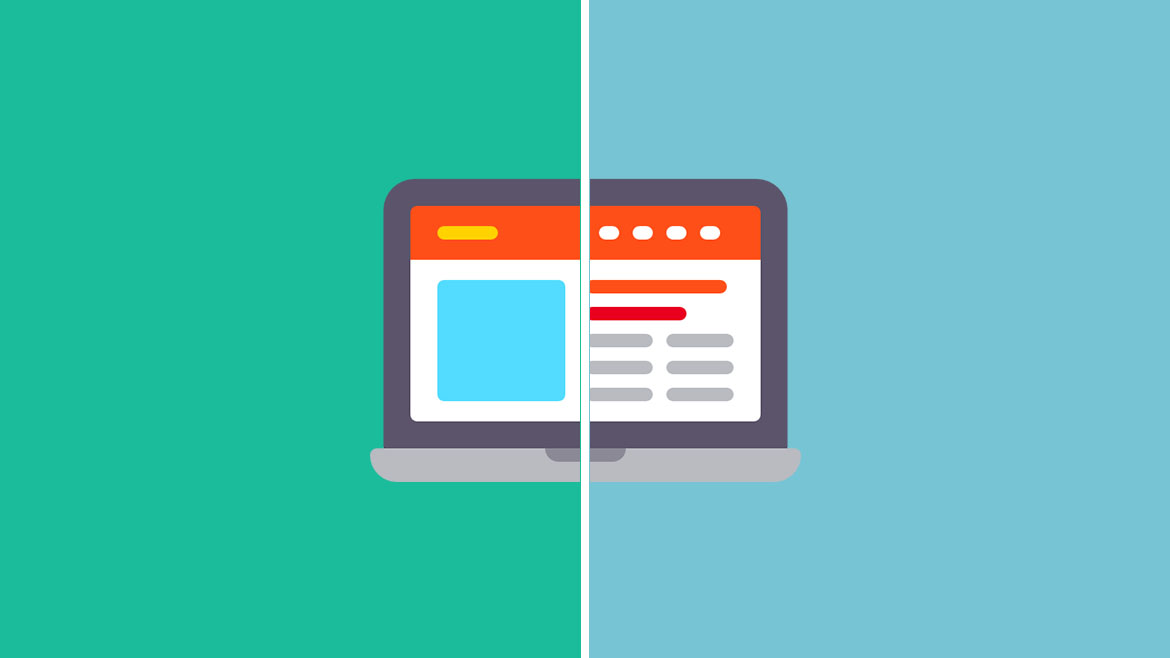
Split Testing… What,Why,How… Help me please…
I wanted to cover an area that I see, well frankly, abused… Split Testing. Now before you continue reading just keep in mind Split Testing is a great tool to optimize any part of your website and funnel flow, but there are simple mistakes I see made way more frequently than they should. I hope below amongst my thoughts and examples you find the aid you need to attack your own split tests with precision and success.
Well, to put this simply, everywhere. No part of your sales flow is too small to be tested and optimize. Now this should be tempered by goals and logic, some elements are tried-true and effective.
First you need a clean control group to get your base-line data. This may require you to burn some traffic in for a “soft opening” or simply use a segment of your house list.
Second, always know your traffic source and your target audience. This will help you refine your efforts with more precision than guess-and-check.
This is where you can paint yourself into a corner with ease, so get a plan and follow it precisely.
With emails you have 2 main things to achieve, first is “opens” and second is “clicks”. Enticing subject lines will get them to open your email, but the content has to draw in their desire to “click”.
With your pages the most notable things to split-test are the “GRAB” items of your pages. Starting from the top, with your headlines/banners movign to your opening videos/pitch. This is closely followed by how much content you need to make your sale, yes too much “selling” can turn away buyers as much as a weak headline. Last is the seemingly smallest element, your CTA/Form/Button.
This becomes a dynamic ratio, relative to your traffic and your overall goals. I recommend only testing 2-3 versions/alterations to your page at a time to be sure your data is clear on “What really increased conversions”. You should also avoid being the over-eager beaver and test on phase of your sales flow at a time.
This means start at the front, your ‘Optin’ stage, this way you get more in the door. Once you have your conversions/leads increased move to the next step in your flow, optimizing as you go. Once you have gone through to the final step you can circle around to further optimize your flow.
Everything, yes everything. You should have a system in place to track your customer’s entire path from email open to final purchases. This will be critical in declaring your true “Winner” when you review your data. A true winner is not always the subject that gets the most opens or the optin page that gets the most leads. If you do not have the data on all steps/conversions you are going to be making incorrect selections.
This area always gets great debate and rightfully so as you need to know your true goal before deciding. I have seen many clients declare their “Winner” too soon and from incomplete data too often. To make this more clear I will give you a few examples below:
Subject A -> 300 opens -> 200 clicks
Subject B -> 100 opens -> 75 clicks
Subject C -> 150 opens -> 75 clicks
Subject D -> 200 opens -> 100 clicks
Now the mistake people make is stopping with the above data, which would make them declare “Subject A” the winner without hesitation, good call right?
Wrong… They did not have the whole picture. Now with proper tracking and a clear goal of sales, as described above, you will have the whole picture:
Subject A -> 300 opens -> 200 clicks -> 50 sales -> 10 upsells
Subject B -> 100 opens -> 75 clicks -> 30 sales -> 15 upsells
Subject C -> 150 opens -> 75 clicks -> 25 sales -> 5 upsells
Subject D -> 200 opens -> 100 clicks -> 20 sales -> 10 upsells
Now you see that “Subject B” had the lowest open rate, however those who did were more qualified/interested leading to higher overall sales. IF you were not tracking beyond the email stats you would have chosen a lower quality subject line from poor data.

